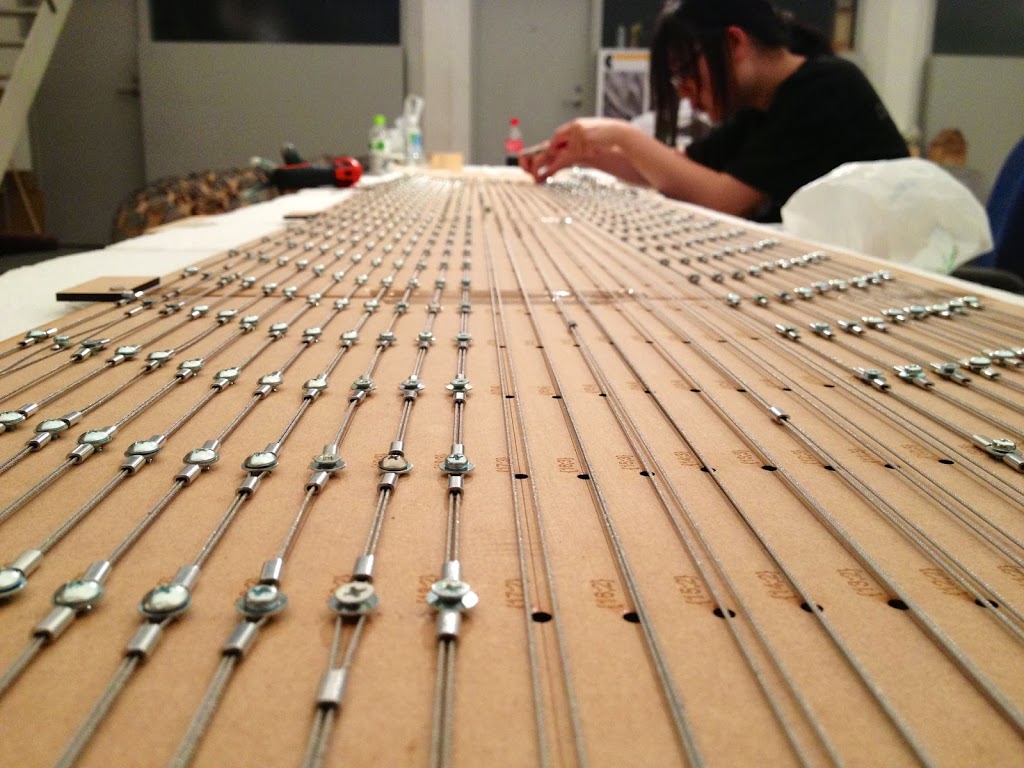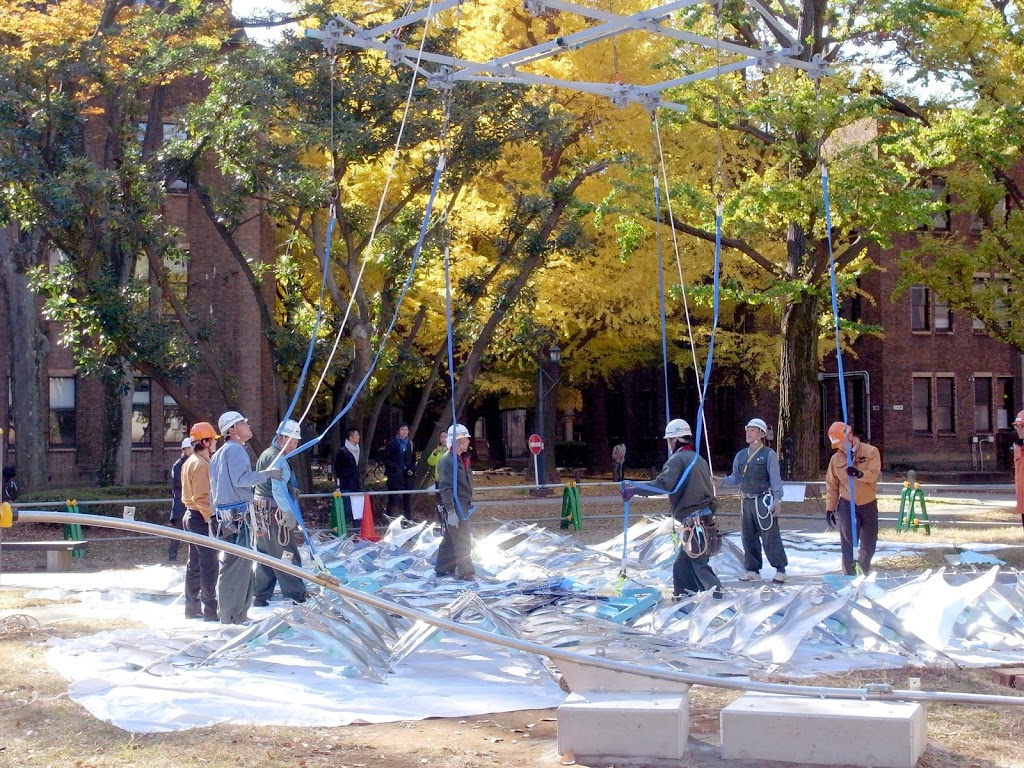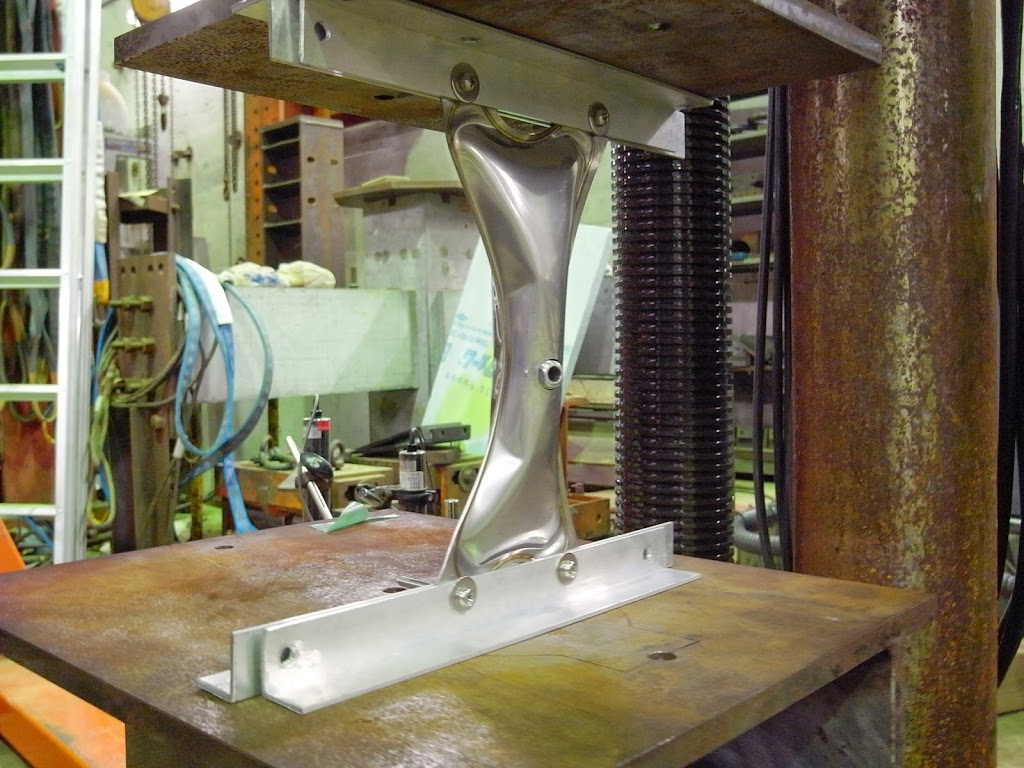Blogging after a year is a shameful aspect for any blogger. But to tell you the truth, a 3 year old and new employees and teaching and office and travelling and a hell of a lot amount of laziness never leaves enough time to write and update a blog. Which more often than not has to do with laziness and a tad bit of too much Facebook.
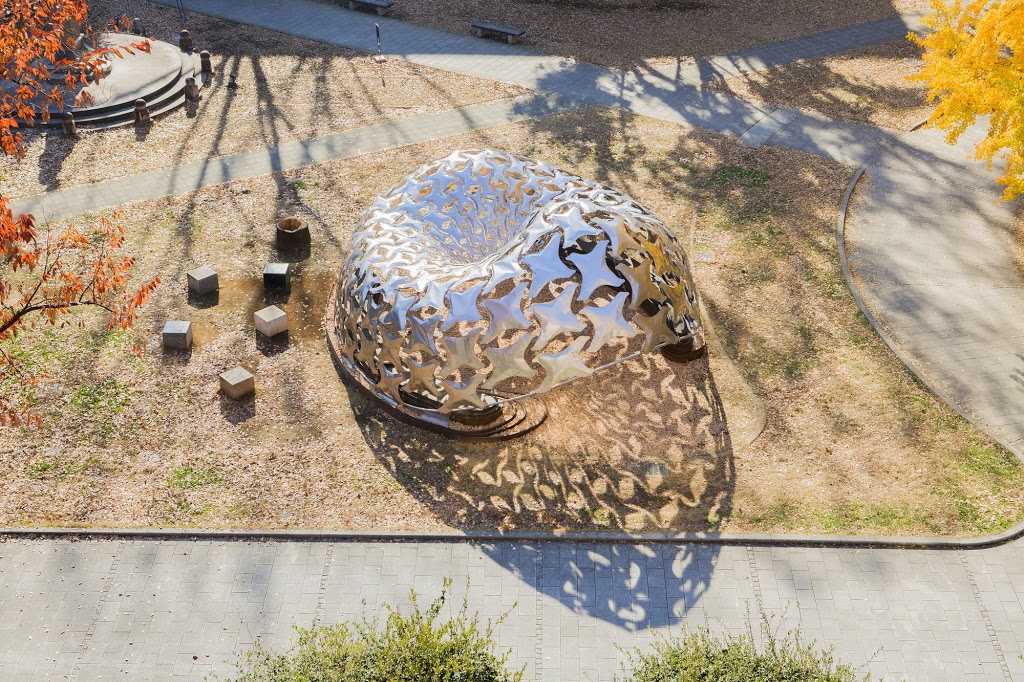 |
| © Hayato Wakabayashi |
Well this time’s article has to do with a student – teacher – professional collaboration of the types we seldom see, and would be a treat to see it more often and in more ways. This was a extension and expansion of the 1st year master studio project of Obuchi Lab, the University of Tokyo, as collaborative research with Obayashi Corporation.
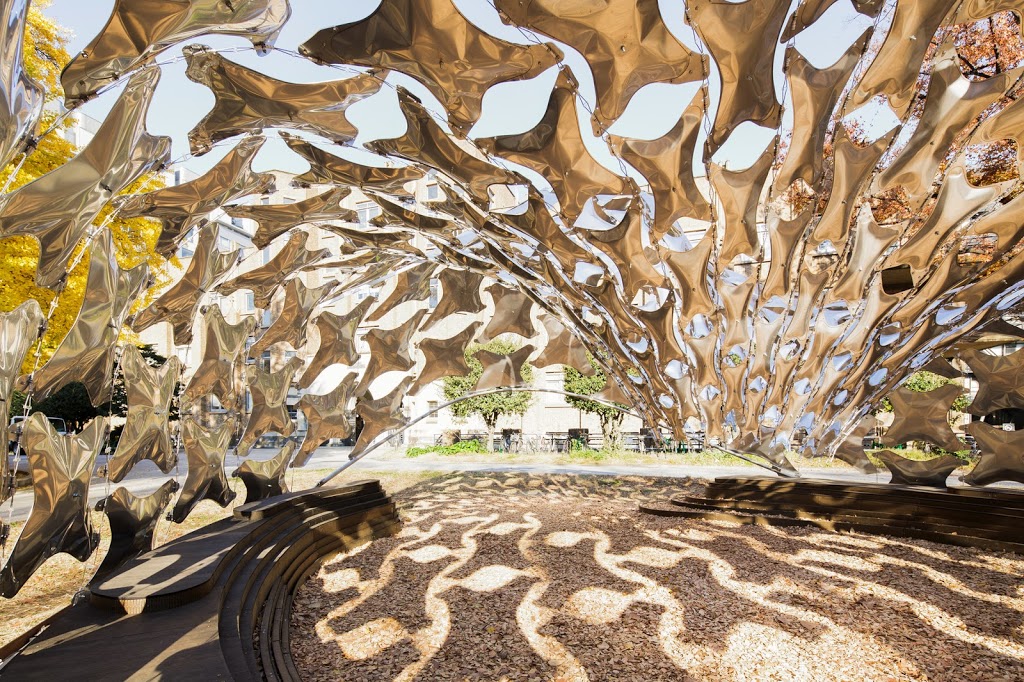 The objectives were to examine experimental design/ fabrication/ assembly/ construction processes which cannot be done solely by either a school or a professional practice and to explore possibilities related to the production of a new set of “problems” which could act as a catalyst for innovative architectural design research. Hence the name of the project – “99 failures”
The objectives were to examine experimental design/ fabrication/ assembly/ construction processes which cannot be done solely by either a school or a professional practice and to explore possibilities related to the production of a new set of “problems” which could act as a catalyst for innovative architectural design research. Hence the name of the project – “99 failures” 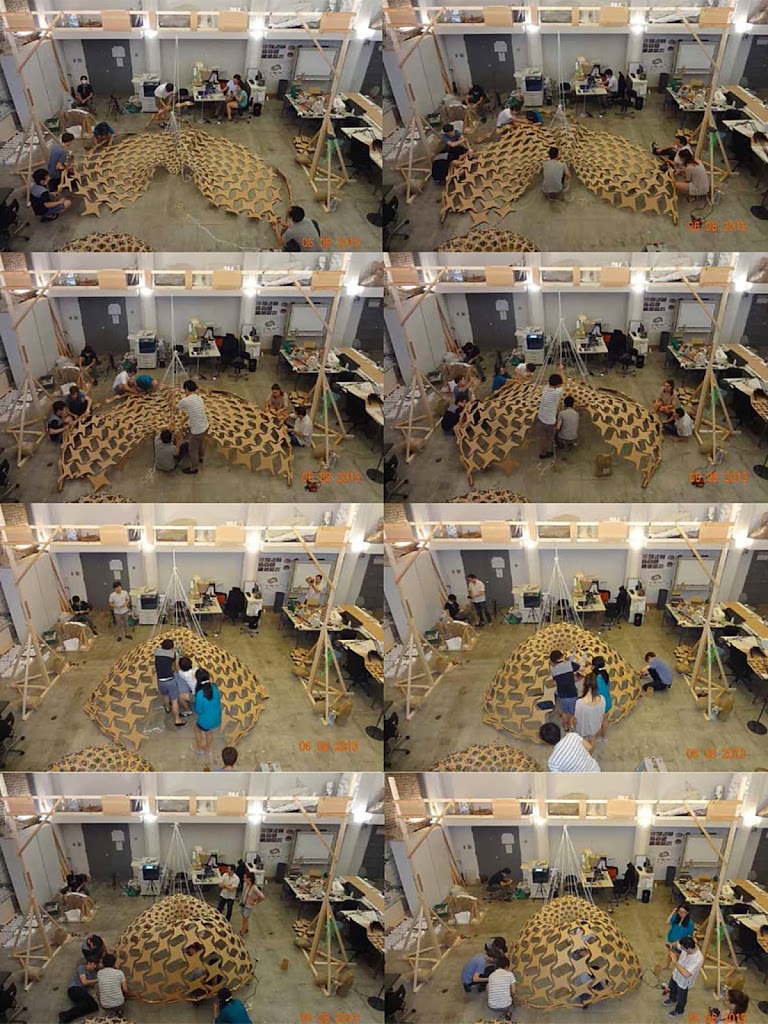 “99 Failures” can be interpreted as “Ninety Nine Research Agenda Items”. One of the ultimate goals was to produce a pavilion that would introduce a new set of problems which students, researchers, and professional architects could share and pursue to expand the architectural discourse.
“99 Failures” can be interpreted as “Ninety Nine Research Agenda Items”. One of the ultimate goals was to produce a pavilion that would introduce a new set of problems which students, researchers, and professional architects could share and pursue to expand the architectural discourse.The global geometry of the pavilion was determined through a combination of digital simulations and a series of scale model tests. Digitally, roughly 50 variations of different possible geometries that would allow the structure to unfold into a flat plane were tested which would work as a stable structure when formed into the target shape.
A geometry which fulfilled this technical requirement and gave the opportunity to provide an interesting spatial quality both inside and outside the pavilion.
Working back and forth between digital and physical assembly simulations and finely calibrating the structural/unfolding performance of the final target geometry, they used very thin stainless steel sheets for the compressive components to achieve a super lightweight structure.
The components were fabricated like inflated metal “pillows”; each component was composed of three metal sheet layers. The middle sheet was the thickest of the sheets to give extra stiffness. All of the component edges were welded together and sealed, thus making the inflation process possible while also ensuring each component was watertight. The components were hydraulically inflated to act as a compressive structural element.
255 unique compressive components were all networked to work as a coherent, integrated structural system. Their shapes were drawn in a program which we custom-created solely for this project.
Amongst other factors, the following were considered when designing the shapes of components:
1) Geometrical constraints due to global composition
2) Coordination between components to avoid undesirable overlap/conflicts between components (both when completed and when hung)
3) Compatibility with welding jigs when fabricated with a robot arm
4) Secure capability to be inflated with hydraulic pressure (which directly influences structural performance of component)
5) Maximum porosity (as a pavilion) to allow light and minimize loading from wind pressure.
© Hayato Wakabayashi



